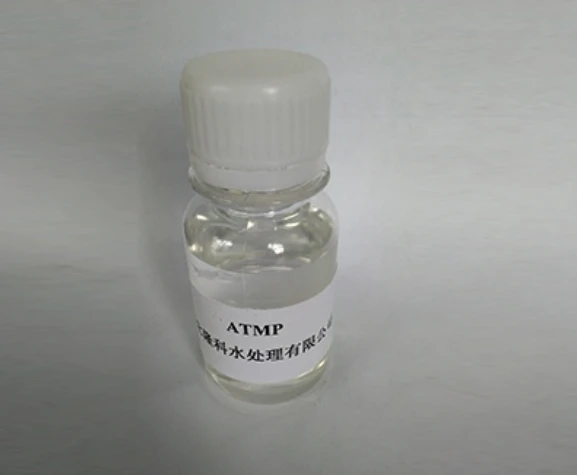cationic polyacrylamide flocculant
Cationic polyacrylamide (CPAM) flocculants are synthetic polymers widely used in various industries for their effective coagulating and flocculating properties. These compounds are characterized by their positive charge, which allows them to interact with negatively charged particles in water, facilitating the aggregation and settling of suspended solids.
The production of cationic polyacrylamide involves the polymerization of acrylamide monomers with cationic groups. This process results in a high molecular weight polymer capable of increasing the viscosity of aqueous solutions, thus enhancing the collision rate between particles. The unique charge properties of CPAM make it particularly effective in applications such as wastewater treatment, paper manufacturing, and mineral processing.
In wastewater treatment, cationic polyacrylamide flocculants play a crucial role in the clarification process. By neutralizing the negative charges that surround suspended particles and colloids, CPAM promotes the formation of larger aggregates or flocs. These flocs can then be easily removed from the liquid phase through sedimentation or filtration, significantly improving the quality of the effluent. This ability not only aids in meeting regulatory standards but also contributes to environmental protection.
In the paper industry, CPAM is utilized to enhance retention and drainage during the papermaking process. The addition of cationic flocculants improves the retention of fibers and fillers, leading to higher quality paper products with reduced waste. Additionally, the use of CPAM in coating formulations enhances adhesion and improves the overall finish of the paper.
cationic polyacrylamide flocculant

Cationic polyacrylamide flocculants also find applications in the mining and mineral processing sectors. They help in the separation of valuable minerals from ore by aggregating fine particles, which aids in the recovery process. The use of CPAM can result in improved yield and reduced chemical consumption, making it a valuable asset in resource extraction.
Despite their numerous advantages, the use of cationic polyacrylamide flocculants must be carefully managed. Overuse or improper application can lead to undesirable effects, such as the formation of excessive sludge or interference with downstream processes. Therefore, it is essential for industries to optimize dosage and monitor the performance of CPAM flocculants in real-time.
In conclusion, cationic polyacrylamide flocculants are versatile and efficient agents in various industrial applications. Their ability to facilitate the removal of suspended solids makes them indispensable in wastewater treatment, papermaking, and mineral processing, contributing to higher efficiency and sustainability across these sectors.
-
Water Treatment with Flocculant Water TreatmentNewsJun.12,2025
-
Polymaleic AnhydrideNewsJun.12,2025
-
Polyaspartic AcidNewsJun.12,2025
-
Enhance Industrial Processes with IsothiazolinonesNewsJun.12,2025
-
Enhance Industrial Processes with PBTCA SolutionsNewsJun.12,2025
-
Dodecyldimethylbenzylammonium Chloride SolutionsNewsJun.12,2025





